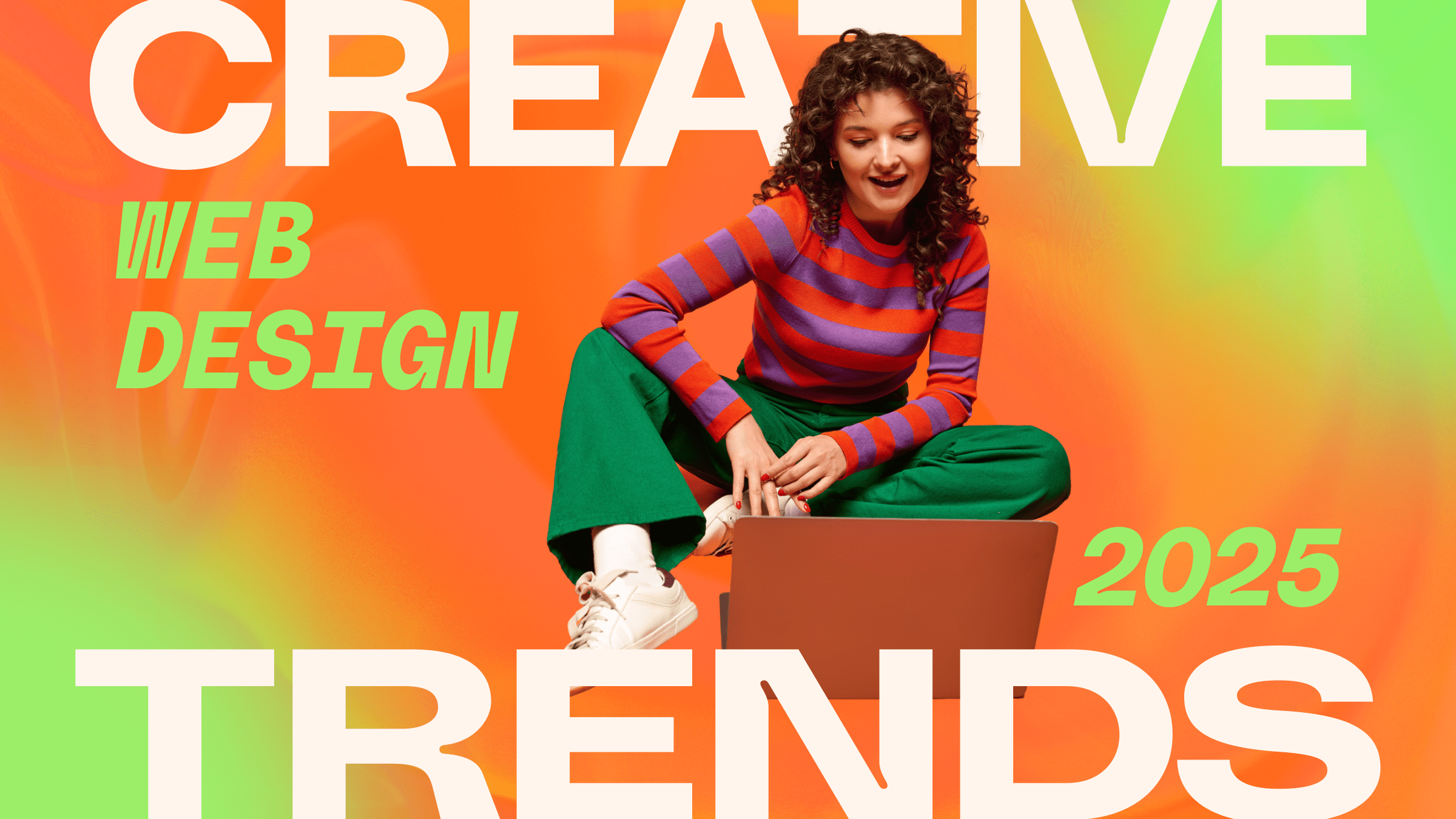User-Friendly Website Design for Smooth Online Experiences
In the quickly evolving digital landscape, the significance of user-friendly website design can not be overemphasized. A well-structured, instinctive interface not just enhances customer satisfaction however likewise straight influences involvement and retention rates. By sticking to key concepts of usability, such as quality and receptive style, organizations can develop an atmosphere that fosters trust and motivates expedition. However, the journey toward achieving seamless on-line experiences includes navigating a complicated interaction of layout elements and customer expectations. Understanding these subtleties raises important inquiries about the future of web style and its function in shaping customer interactions.
Relevance of User-Friendly Style
User-friendly layout is essential in today's digital landscape, as it consistently boosts individual experience and complete satisfaction. In a period where customers have numerous alternatives at their fingertips, a site that prioritizes user-friendly style attracts attention by successfully fulfilling the demands of its audience. This design approach not just enhances access but additionally promotes interaction, ensuring that site visitors can browse the website effortlessly and find the details they seek without disappointment.
In addition, user-friendly layout plays a significant duty in establishing depend on and reliability. When customers come across a instinctive and efficient user interface, they are more probable to view the brand favorably. This assumption can lead to boosted consumer loyalty and greater conversion rates, as users are a lot more likely to return to a website that uses a seamless experience.
Furthermore, an emphasis on user-friendly design can lower bounce prices, as visitors are much less likely to leave the website if they locate it simple to use. Web Design Philippines. By prioritizing individual demands, services can create a reliable on the internet presence that drives success and fosters lasting connections with consumers. In summary, easy to use style is integral not just for individual complete satisfaction however also for attaining wider business objectives
Key Principles of Usability
Emphasizing clearness and simplicity, the essential concepts of usability act as fundamental aspects in developing reliable website design. These concepts make sure that customers can connect with a website intuitively, resulting in a more enjoyable individual experience.
One fundamental principle is uniformity. A constant interface enables customers to predict outcomes based upon previous communications, decreasing confusion and boosting navigation. Efficient responses devices are important; users should receive timely responses to their actions, such as verification messages or mistake signals, which direct them via their jobs.
An additional crucial concept is ease of access. A functional design ought to accommodate customers of varying abilities and atmospheres, guaranteeing that everyone can involve and access with the material seamlessly. This includes making use of understandable font styles, proper shade contrasts, and alternative text for images.

Navigating and Framework
Effective navigating and framework find more are essential components of any kind of successful website design, as they straight affect just how individuals find and engage with content. A well-organized web site makes it possible for individuals to find info swiftly, promoting a favorable experience that encourages them to stay longer and involve even more deeply.
To accomplish reliable navigation, developers ought to focus on quality and simplicity. This can be accomplished with making use of intuitive food selection structures, clearly classified categories, and a conveniently accessible search feature. Consistency throughout pages is just as crucial, as it permits users to form a mental map of the site, decreasing cognitive lots and boosting functionality.
Additionally, including breadcrumbs offers users with context about their place within the site, enabling them to browse back to previous areas effortlessly.
A rational hierarchy is vital when structuring web content, with main topics prominently presented and second info nested appropriately. This strategy not only aids navigating yet additionally sustains search engine optimization initiatives by clearly specifying the relationship between different content elements. Inevitably, a thoughtful navigating and structure style boosts user complete satisfaction, advertising smooth on-line experiences that meet users' needs successfully.
Responsive Design Techniques
Exactly how can web designers make sure that their sites offer an ideal experience across a selection of devices? The solution depends on using responsive layout techniques. These methods enable web sites to adjust effortlessly to various display dimensions and alignments, guaranteeing functionality and visual appeals remain intact.
One fundamental technique is making use of fluid grids, which involve creating layouts that use family member systems like portions rather of taken care of pixels. This flexibility permits aspects to resize proportionally, suitable any kind of screen. Furthermore, media inquiries play a critical function in receptive layout, allowing the application of certain CSS designs based on device features such as width and resolution (Web Design Philippines). By specifying breakpoints, designers can customize the appearance of web content to improve usability.
Another reliable strategy is implementing responsive pictures that immediately change their size according to the tool, enhancing filling times and keeping top quality. Additionally, mobile-first design motivates the production of sites with a key concentrate on mobile customers, considerably enhancing features for larger displays.
Incorporating these responsive design strategies ensures that web sites not just cater to diverse gadgets however also supply a gratifying and constant user experience, ultimately adding to the success of an on the internet existence.
Enhancing Individual Engagement
While a properly designed site can attract site visitors, boosting customer engagement is critical for keeping their rate of interest and encouraging communication. Involving individuals calls for a multifaceted technique that prioritizes instinctive style, appropriate content, and interactive attributes.
First, a clear and straightforward navigation framework is essential. Site visitors need to quickly locate what they're searching for without unneeded clicks. Executing breadcrumbs, search bars, and logical classification can significantly improve navigating.
Second, dynamic content plays a critical role in keeping users involved. Routine updates, blog site articles, and tailored recommendations based upon user habits can cultivate a feeling of connection.
Incorporating interactive components such as quizzes, surveys, and comment areas can additionally enhance interaction by welcoming customers to get involved proactively. Moreover, using aesthetic narration through video clips and infographics can capture focus and convey messages better than text alone.
Lastly, enhancing filling speed and guaranteeing mobile responsiveness are important elements in maintaining user interest. A smooth experience across devices prevents frustration and encourages users to check out better.
Verdict
In verdict, user-friendly web design is crucial for ensuring seamless on the internet experiences that improve individual fulfillment and involvement. By adhering click this link to vital principles of functionality, applying instinctive navigating, and employing responsive layout techniques, websites can substantially improve user communication.

In final thought, easy to use web layout is critical for making certain seamless online experiences that boost user complete satisfaction and interaction.